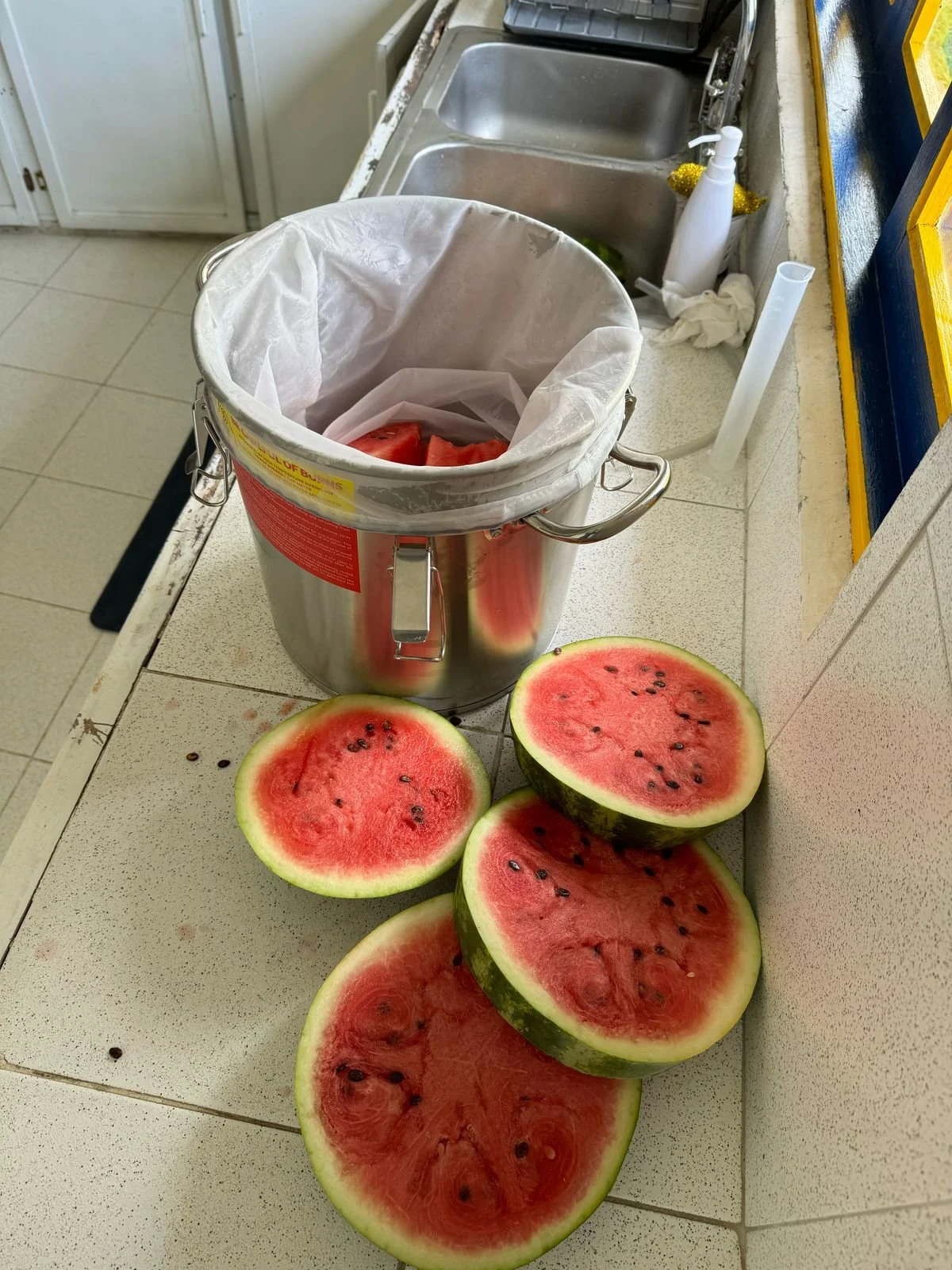finca MILAN NITRO CATURRA
NITRO CATURRA
Producer: Julio Madrid & Andres Quinceno
Farm: Finca Milan
Bag Size: 70 KG
Region: Pereira, Risaralda
Altitude: 1600 MSAL
Variety: Caturra
Process: Cultured Embryonic Nitro Washed
Notes:
Julio Cesar Madrid and partner processing specialist Andres Julio Quinceno are a force in the industry to make people think bigger when it comes to coffee flavor. Finca Milan and Finca La Riveria are producing some of the biggest flavors in coffee at the moment. Located in the central foothills of the Andes Mountains within the Risaralda Department, Finca Milan’s young soil is enriched with nutrients from the relatively recent eruptions of nearby volcanoes. The wide thermal range of the microclimate reaches up to 30ºC in the daytime and can drop to 15ºC in the evening, allowing coffee cherries to develop complex and unique flavors. Of Finca Milan’s 250 hectares, 220 grow coffee with a focus on Caturra, Castillo, Pink Bourbon, and Catiope varieties. Julio Cesar Madrid is a third-generation coffee grower, and Finca Milan, a 250-hectare estate, has been in his family for over 40 years. Together with two other farms, Finca Riviera and Finca Buenos Aires, his family’s estates have won multiple awards and championships.
Technical Information - Processing
This unique adaptation of anaerobic processing was created by Andres Quinceno himself, and it capitalizes on something called embryonic stress to produce some really unique and exciting flavors. Andres has a unique approach to processing by putting the coffee seeds through different metabolic stages in order to convert carbohydrates into different flavour compounds. In the nitro washed process, ripe coffee cherries are subjected to embryonic stress so that the temperature of the cherries rises and falls to 12 degrees, keeping them in the best condition for further processing.
After pulping, the beans are placed in a bioreactor and inoculated with starter cultures (yeast and bacteria) and watermelon fruit mossto. The bioreactor is sealed and injected with nitrogen to facilitate the metabolic processes of the microorganisms. During this time, temperature, acidity, and Brix degrees are closely monitored against past data in order to time the end of the fermentation stage and initiate oxidation.
After leaving the bioreactor, the coffee beans are dried in solar dryers to 40% moisture then transferred to mechanical dryers until reaching 10% - 12% moisture. The resting period in the warehouse is around 45 days before the coffee is hulled and prepared for export.
REGIONAL INFORMATION
Pereira is located in western Colombia, in the Andean region, and is part of the UNESCO-listed Coffee Cultural Landscape of Colombia. It sits in a valley surrounded by the Andes Mountains, with elevations ranging between 1,300 and 1,600 meters (4,265–5,250 feet) above sea level. The city thrives on coffee production, commerce, manufacturing, tourism, and education. It’s known for its high-quality coffee and is home to universities like the Technological University of Pereira (UTP). Pereira was founded on August 30, 1863, by Remigio Antonio Cañarte, but its origins trace back to the Spanish colonial city of Cartago. The original Cartago was established in 1540 but later moved to its current location in Valle del Cauca, leaving the land abandoned until Pereira was founded. Pereira is deeply rooted in Colombian coffee culture, but the city is also known for Bandeja Paisa, a traditional dish featuring beans, rice, ground meat, chorizo, plantain, avocado, and arepa.












